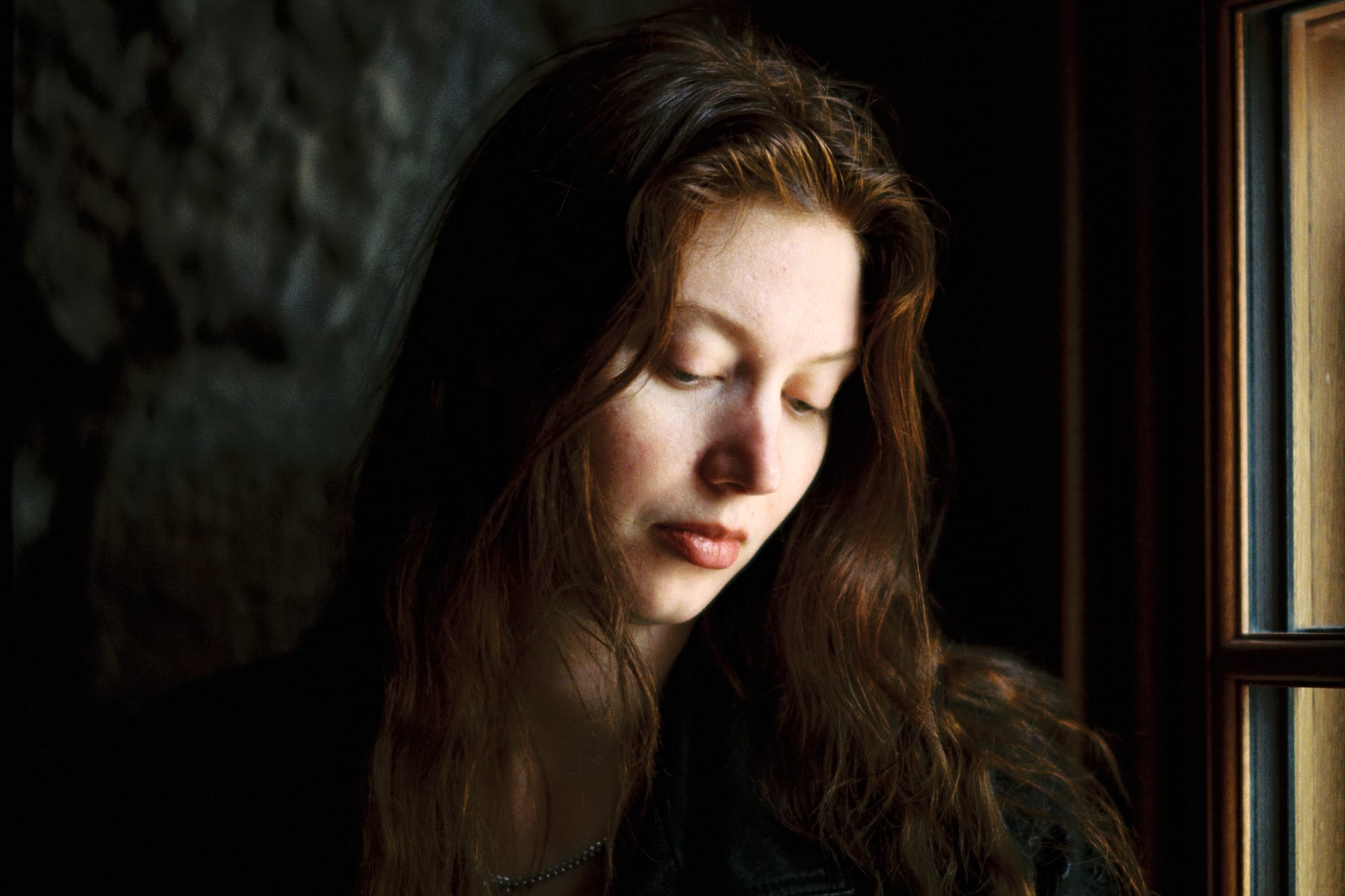Pushing colour negative film for low-light BW images?

I've had very mixed experiences with using higher-speed black and white films over the past few years. Ilford Delta 3200 and Kodak's P3200 are grainy (which is to be expected) and expensive ... but what makes them so tricky to use is they often seem very sensitive to small variations in how they are developed, and many times the grain gets out of control.
Ilford's XP2 (which is really a colour-negative film where the only colour is grey) has been my "go-to" film for BW during the day for a number of reasons. First, the development process is standard, quick, and often cheaper than for normal BW. Second, the automated dust removal scanning software works well with it. Third, with an ISO setting that can be varied across a roll to control the contrast levels, and a reliable ISO range of anywhere between 200 and 640, it is forgiving of exposure mistakes and works very well for outdoor and well-lit indoor scenes.
Now the question arises ... what to do for reliable and low-cost BW image making in low light and/or for faster motion?
A few years back, when the cost of Kodak's ISO 800 Portra was more acceptable, a few photographers were also struggling with the cost and complexity of getting faster BW film to work for them and used pushed Portra 800 with a BW conversion in post-processing to solve the problem.
I'm using re-spooled Kodak motion picture film for daylight use at the moment because it is both an excellent film stock compared to cheaper consumer films and so, so much cheaper than Kodak's Portra offerings. The film does like a lot of light, but is pretty forgiving of exposure errors and the developing process and scanning seem to be reliable.
With an indoor shoot coming up the thought struck me: why not try pushing the 500T film stock two stops and then convert to black and white for indoor BW projects? In theory that will provide me with a ISO1500 colour film for a third of the cost of Kodak's P3200 BW film or Portra 800, and I can use the scanned colour film as a basis for post-processing.
The original scan from the 500T frame and a similar shot using Kodaks's P3200 are shown below as a comparison with the black and white conversion above.


Scans with no post-processing. On the left is a frame using Kodak 500T pushed two stops, and on the right is Kodak P3200, rated at 1250 and developed normally as recommended by Dan Milnor (of Blurb fame). Both need extra work but are shown to highlight the differences in how the film stock handled the difficult lighting.
Given there has been no post-processing of the scan I'm impressed with the limited colour-shifts and minimal grain of the pushed 500T film. The P3200 grain structure is almost too much for me for this image.
So, it looks like this pushed 500T with a black and white conversion to mimic the look of Ilford's HP5 will be my approach going forward for low light BW image making.
Experiments with pushing some Ilfordf HP5 and Delta 400 to very high ISOs is for winter time!
Thanks go to Gulabi in Glasgow for the film development and scans of my recent films.